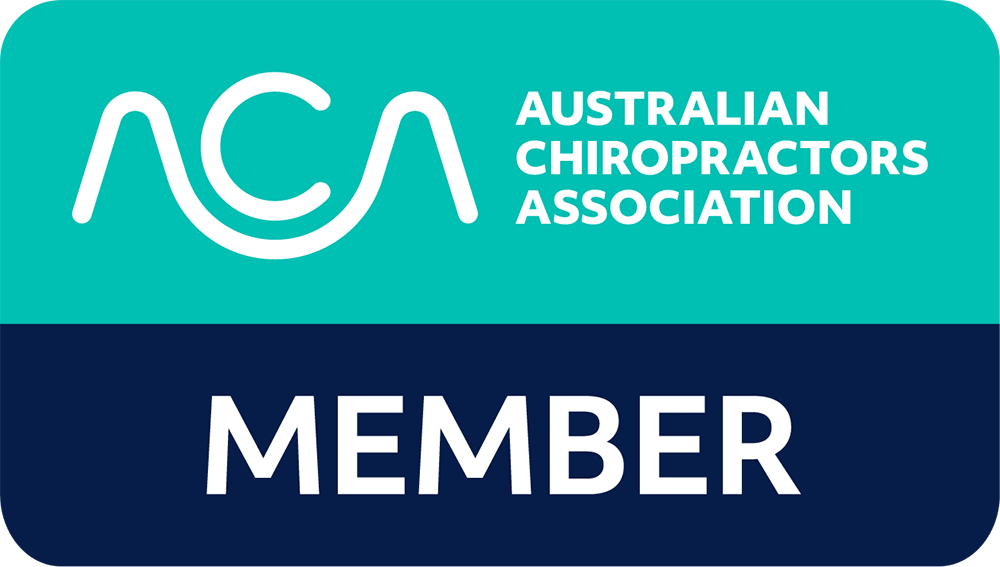
Have you ever wondered why your muscles can get so tight? Chiropractor Zltako Jovanov shares about the cause in this informative blog post.
Did you know that it’s your brain that determines how tight your muscles are? Before we move, the brain has to send a sequence of electrical messages to various muscle groups, known as a motor program. It tells them how much and how fast to contract, and when to switch on and off. The muscles contract in response to these electrical signals, and also send messages back to the brain to inform it how the movement is going in real time (known as proprioceptive feedback). This enables the brain to calibrate and fine tune the movement, and stabilise the body to protect against injury. Clear regular communication is key in any healthy relationship, and the relationship between the brain and the body is no different. Movement is what keeps this communication going!
Back in the hunter-gatherer days, humans lived in a highly variable environment, forcing them to adapt and learn a vast assortment of movements. This reduced their chance of getting injured and improved their chances of survival. But modern lifestyles often involve stress and lack of movement (variety and regularity), which can lead to increased risk of injury (all the ingredients necessary for creating tight muscles).
The one time that tight muscles aren’t a bad thing is if you have a fresh injury and acute inflammation. Here, the brain cleverly instructs the surrounding muscles to protect the injured tissue from further damage and allow it to start healing for the first 1-2 weeks after an injury. But after this, movement needs to be gradually introduced to strengthen and lengthen the newly repaired (scar) tissue, as well as restore the communication between the body and the brain.
The old saying ‘use it or lose it’ suggests that if we stop moving, muscles weaken and waste away. It also means the brain is deprived of valuable feedback messages from the muscles (and other tissues), losing its ability to accurately sense and stabilize the body. In response, the brain instructs the muscles to tighten up in an attempt to protect against injury. If uncorrected, this maladaptive muscle tightening can persist for years, and create long term faulty patterns of movement. Unfortunately, bad movement patterns usually don’t automatically correct themselves. They need some re-training, especially if they’ve been faulty for a long time.
Manual therapy and exercise nourish the brain with sensory (proprioceptive) inputs from not only our muscles, but also the joints, tendons and ligaments being treated or exercised. These inputs have been shown to relieve pain (analgesic effect), improve the brain’s ability to sense and stabilize the body, relax tight or guarding muscles, and ultimately enable a higher quality of movement. Various treatment modalities (adjustments, massage, acupuncture, mobilisations, strapping) all have a unique sensory signature of sensory input that they send to the brain, as do different types of movements and exercises. This is why incorporating variety into treatment plans and exercise programs is essential. Equally important as variety is regular dosage — you can’t expect to get lasting results from a single workout nor a single treatment. Proprioception (sensory input) needs to be scheduled into our daily routines, it’s a lifestyle.
Healthy movement patterns require muscles to switch on and off at the right time, rather than be permanently tightened. If you’d like to learn more about why your muscles are tight, and what combination of manual treatment, movements and exercises can help relax them, check in with our Chiropractor Zlatko (BMedSc UNSW, MChiropr Mac Uni). Call the Mona Vale clinic to book your consultation.

